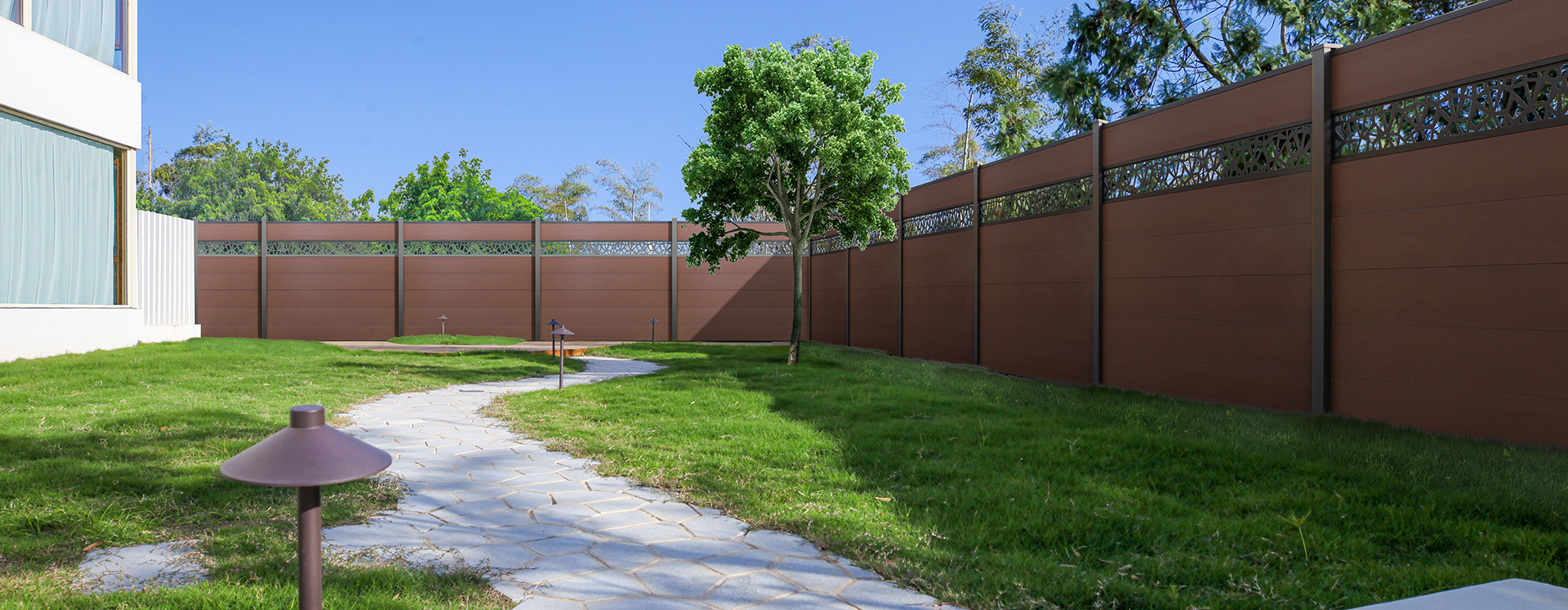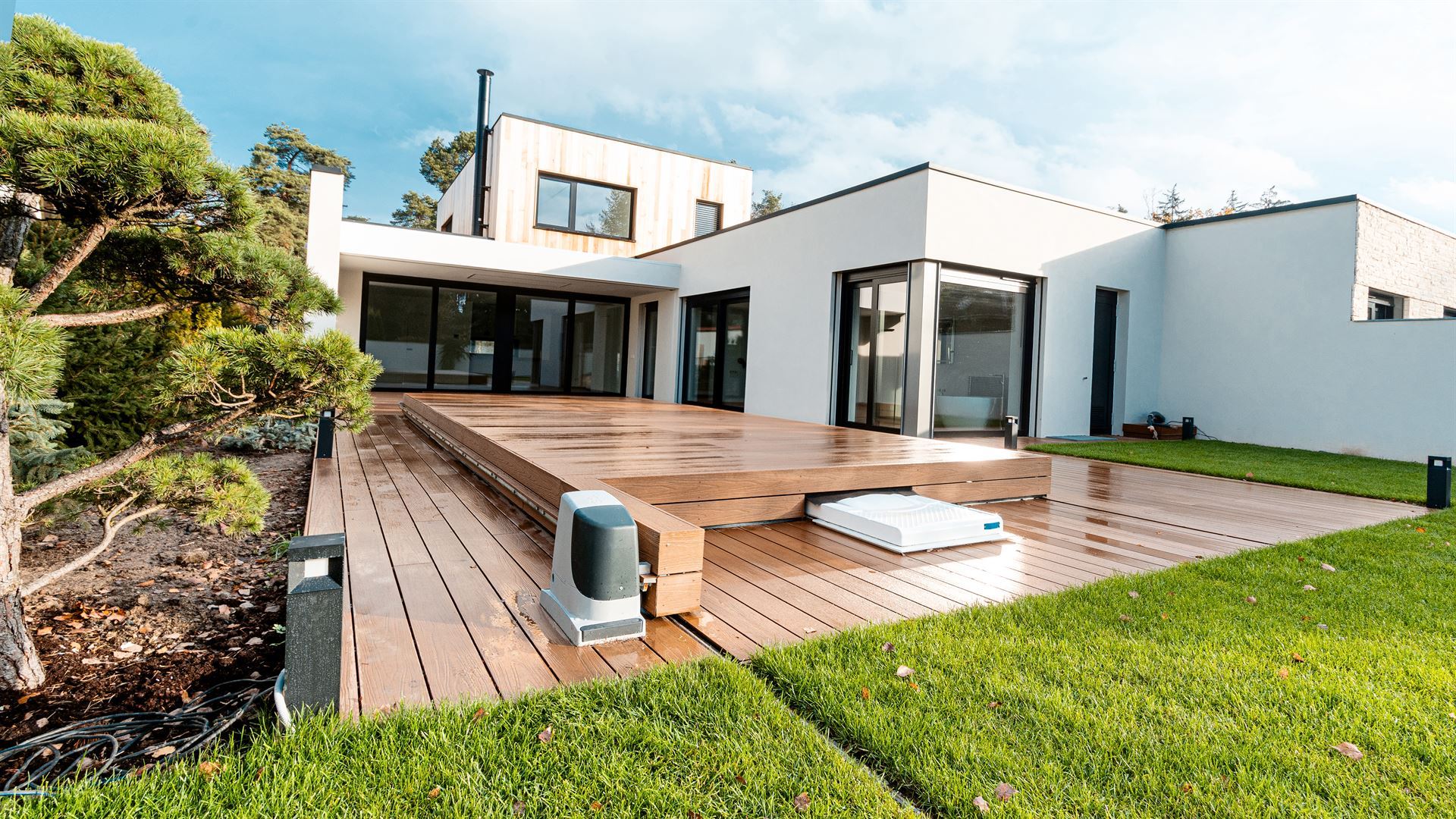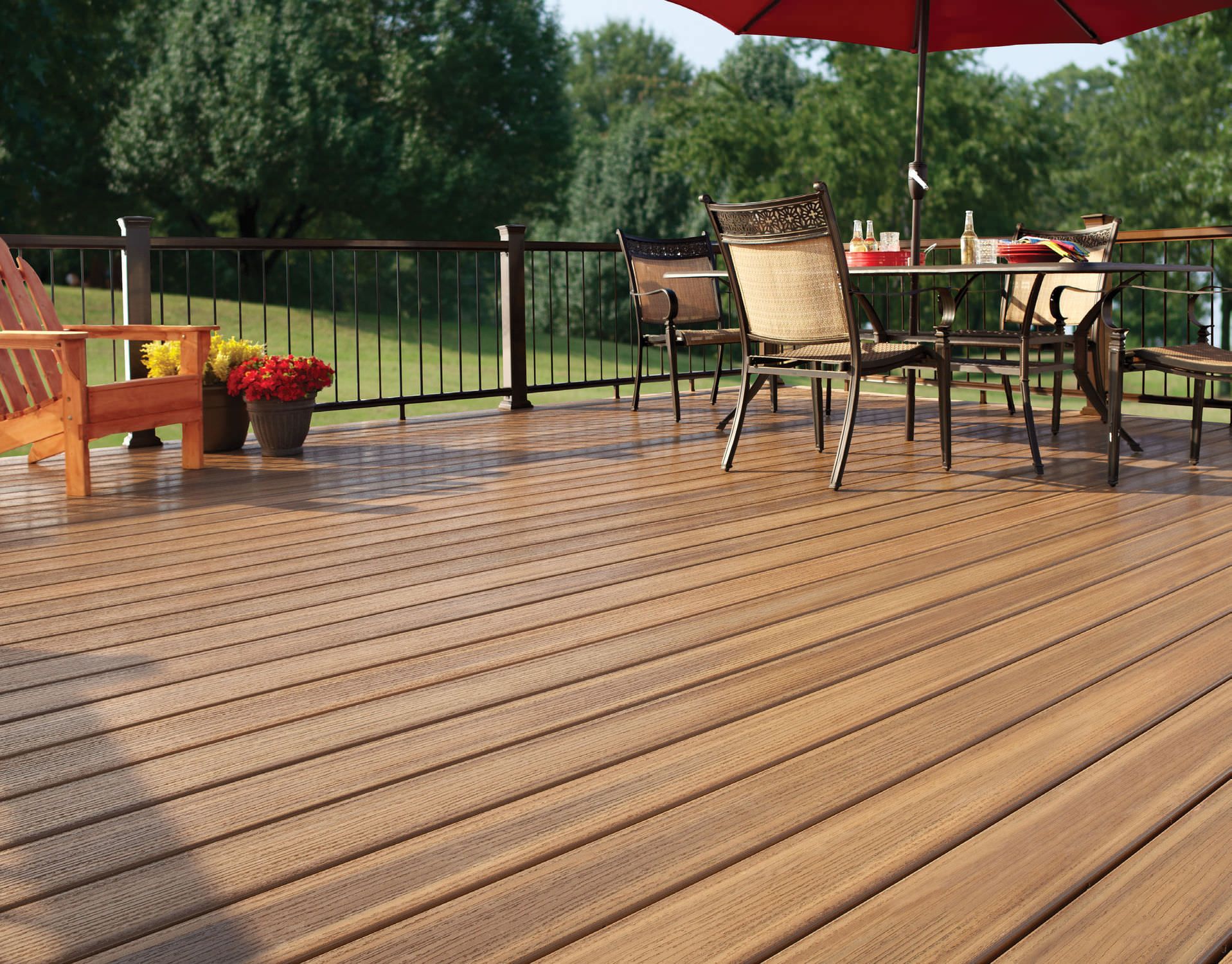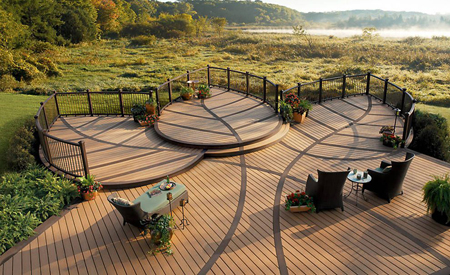Preparation of color-changing wood-plastic composites in landscape design
Monday, June 12, 2023Polymer materials have various structures, and different molecular chain structures often endow the material itself with multiple functions. Moreover, the polymer material can be well compatible with other inorganic or organic fillers, and then a functional polymer composite material can be prepared. Common functionalized polymer materials not only have lower production costs, but also can meet the construction requirements of construction projects in terms of mechanical properties, optical properties, dielectric properties, thermal properties, safety performance, etc. Improve the living environment of human beings and the intelligence of buildings from the perspective of materials and functions.

Aiming at the problem of single color and poor fatigue resistance of color-changing wood-plastic composite materials in landscape design, it is proposed to cover the surface of high-polyethylene-based wood-plastic composite materials with photochromic powder by hot pressing to increase the color change of plastic-wood composite materials . Through the investigation of the properties of photochromic wood-plastic composite materials, the influencing factors of photochromic wood-plastic composite materials were discussed. The results show that silicone oil can promote the color change of the composite material and increase the stability of the color change, but it will affect the mechanical properties of the composite material; the anti-fatigue time of the composite material has a great relationship with the photochromic material powder, but has nothing to do with whether it contains silicone oil or not.

In this experiment, photochromic plastic-wood composites were prepared by hot-pressing lamination technology, and their properties were characterized, and the influencing factors on their properties were discussed.

(1) Dimethicone hardly affects the distribution of photochromic powder; when simethicone is added, it has some adverse effects on the mechanical properties of polypropylene/photochromic composites and polypropylene-based photochromic composites.
(2) The color change trend of polypropylene/photochromic composites is almost the same as that of polypropylene-based photochromic composites. Simethicone can promote the color change and stability of polypropylene composites.
(3) For the specimens after artificial aging, the change of fatigue time of specimens added with dimethyl silicone oil is almost the same as that of specimens without silicone oil added, which proves that photochromic powder is the main factor affecting the fatigue resistance time of specimens .

New intelligent materials have occupied a dominant position in modern design, and photochromic wood-plastic materials have gradually entered the stage of new decorative materials. In design, rich colors are the most intuitive way to attract people, and long-term color invariance will cause aesthetic and visual aesthetic fatigue. Through the new photochromic plastic wood material, it brings a new perspective to landscape design. breakthrough.